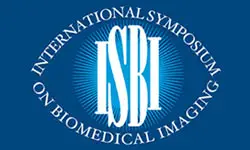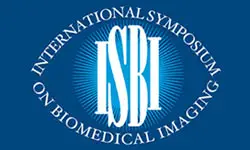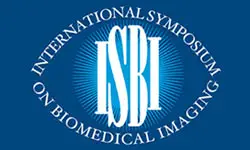Brain Hemisphere Dissimilarity, A Self-Supervised Learning Approach for Alpha-Synucleinopathies Prediction with Fdg Pet
shikha tripathi
-
Members: FreeSPS
IEEE Members: $11.00
Non-members: $15.00Length: 00:02:09
20 Apr 2023
Idiopathic Rem sleep Behavior Disorder (iRBD) is a significant biomarker for the development of alpha-synucleinopathies, such as Parkinson's disease (PD) or Dementia with Lewy bodies (DLB). Methods to identify patterns in iRBD patients can help in prediction of the future conversion to these diseases during the long prodromal phase when symptoms are non-specific. These methods are essential for disease management and clinical trials recruitment. Brain PET scans with 18F-FDG PET radiotracers have recently showed promise, however the scarcity of longitudinal data and PD/DLB conversion information makes the use of representation learning approach such as deep convolutional networks not feasible, if trained in a supervised manner. In this work, we propose a self-supervised learning strategy to learn features by comparing the brain hemispheres of iRBD non-convertor subjects which allows for pre-training a convolutional network on a small data regimen. We introduce a loss function called hemisphere dissimilarity loss (HDL), that extends the Barlow Twins loss, that promotes the creation of invariant and non-redundant features for brain hemispheres of the same subject, and the opposite for hemispheres of different subjects. This loss enables the pre-training of a network without any information about the disease, which is then used to generate full brain feature vectors that are fine-tuned to two downstream tasks: follow-up conversion, and the type of conversion (PD or DLB) using baseline [18F]FDG PET. In our results, we find that the HDL outperforms variational autoencoder with different forms of inputs.



